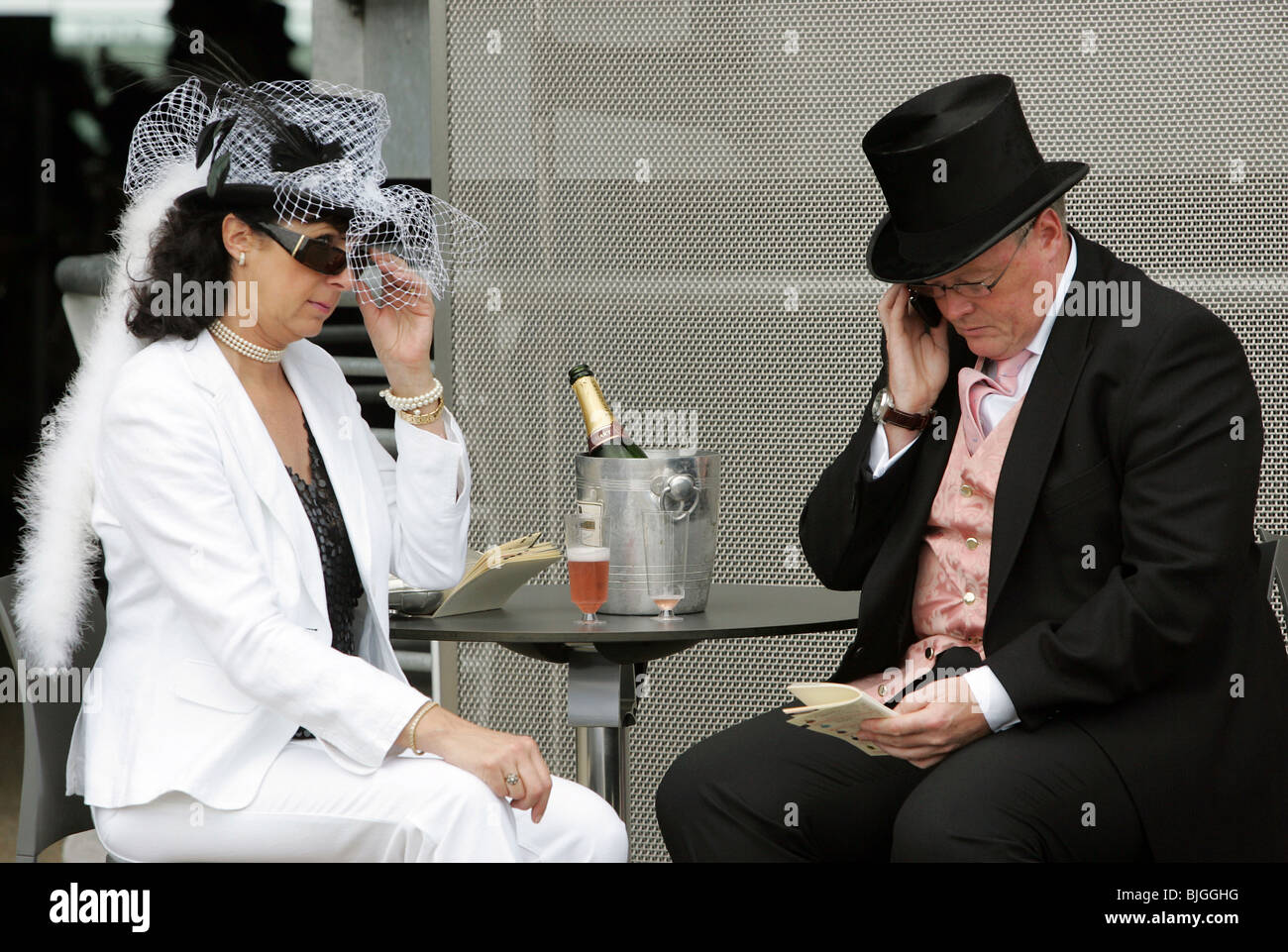Hi All,
I hope you're all keeping well and that you enjoy the festive season that will soon be upon us. I would recommend shares in Gaviscon from Boxing Day onwards.
This month I would like to talk about my visit to De Hogeweyk in the Netherlands that took place in early November of 2017.
For those that don't know about De Hogeweyk, get ready to take the guided tour. I will be discussing the architecture, the philosophy and some of the amazing stories that make up this ground breaking project.
De Hogeweyk itself
De Hogeweyk is a gated village for people with advanced dementia and is situated in the city of Weesp, which is about 2 miles outside the frontiers of Amsterdam. This is the reception area when you first arrive and is the first point of entrance into De Hogeweyk. Unassuming in design, it could be the front entrance into any building situated in this area. As you walk into reception, there is a large waiting area with a reception desk and then another set of double doors take you into the world of De Hogeweyk. My guide on this tour was the delightful (if slightly underprepared for the cold weather), Iris Van Slooten.
After re-locating to the bar area, and introducing my genial host in the ways of making the perfect cup of tea, we spoke about the conception of De Hogeweyk and how this inspirational project had first come into being. As often is the case, it sadly came through personal experience.
Yvonne van Amerongen and another member of staff from a traditional nursing home had one of their parents die. Being glad that their parents had died quickly and had not had to endure hospital like care, they began to research and put together some brain storming sessions, they decided that people generally liked to surround themselves with like-minded people of similar background and experience. This provided the concept on which De Hogeweyk is founded. Yvonne Amerongen is now one of the directors of Vivium, the government owned company that runs De Hogeweyk.
The Concept
The founders of De Hogeweyk looked at the different lifestyles that were enjoyed by members of the Dutch community and separated them into 7 lifestyle choices.
These were :
1. The Artisan Lifestyle
These tend to be people who are proud of their trade. They are plumbers, carpenters, etc and the love of their trade is a well loved topic of conversation. Quite a homey atmosphere with a solid and traditional feel. Traditional Dutch food is enjoyed by this lifestyle. A traditional Artisan interior at De Hogeweyk has this appearance
2. The Christian Lifestyle.
Religion is very important to this lifestyle. Praying, saying grace and listening to religious music is often practiced. Many of these residents visit church regularly. The Christian lifestyle is reserved and traditional Dutch food is served.
A traditional Christian interior at De Hogeweyk would have this appearance
3. The Cultural Lifestyle
Art, culture and literature are important in this lifestyle. The residents enjoy reading books or newspapers and go out to the theatre, museums and concerts.
Food wise tends to start with a generous breakfast, a light lunch and the evening meal is a grand affair with lots of bonhomie and the regaling of various stories.
A cultural interior at De Hogeweyk would have this appearance.
4. The Gooise Lifestyle
The Gooi area of the Netherlands is associated with posh people and the aristocracy. The residents in this lifestyle appreciate correct etiquette. They will tend to attend classical music concerts. They are usually regularly visited and enjoy high tea and well presented food. There is a penchant for French cuisine and these residents will regularly go out for dinner. A regular Gooi interior at De Hogeweyk would look like this
5. The Homey Lifestyle
Caring for others in a familial way is important to these residents. They are more likely to join in with peeling and washing potatoes and interact well with the staff team. I was very lucky to meet this group on my visit and after some subtle bribery of cherry cake, spent a lovely 15 minutes in the company of these residents. They tend to like board games and traditional Dutch fare. The interior design for residents in the Homey lifestyle at De Hogeweyk would look like this
6. The Indonesian Lifestyle
Keywords are tradition, nostalgia and respect for yourself and others. Memories of Indonesia are peppered amongst the décor of the interior and this is re-enforced with DVD's and pictures. Trips to the Asian market (Pasar Malam) and the Indische social club tend to be the activity base, whereas food is mainly Indonesian based. A typical Indonesian lifestyle would look like this
7. The Urban Lifestyle
These tend to be more socially extrovert characters. They enjoy a vibrant atmosphere with activities including zoo trips, amusement parks, swimming pool and the theatre. Tend to enjoy eating meat and potato dishes and with each other. A typical Urban lifestyle at De Hogeweyk would look like this
So that's the different lifestyles but what does De Hogeweyk offer that other conventional villages do not?
Well, De Hogeweyk has been specifically designed as a pioneering care facility for elderly people with dementia. The benefit of using all day reminiscence therapy, compared to traditional care homes is that the residents are more active and require less medication. Carers, doctors and nurses work around the clock to provide the 152 residents with the necessary 24 hour clock.
The doctors, nurses and carers aim to make the experience as real as possible for the residents. Residents shop at the supermarket and assist with preparing and cooking food as they would at home. The carers wear normal clothing rather than clinical clothing and fit into a role that the person with dementia would feel most comfortable with; in the working class households, the carers would be seen as neighbours or carers, whilst in the aristocratic/upper class setting, the carers act akin to slaves.
The living styles have different types of music playing, significantly varied interior design, food and methods of table setting. Residents in each house have their own large bedroom and meet with other residents to share the living room, kitchen and dining room. There are no locks on the doors, and residents are free to walk or cycle around the village, including choosing to visit the supermarket or café. The village employs 250 staff.
To maintain the fake reality/hyper-reality that those at Hogewey are comfortable with, the staff are instructed not to correct the residents as they talk about memories, background and history. At the same time, the carers will not deceive the patients if directly asked, stating that the residents are in a place that can deliver the care that they require.
So that's what the village does differently form everywhere else but let's be honest a picture is worth a thousand words so here's a little collection of photos I have called The Bike Tour that give you an idea of what's behind the doors at De Hogeweyk.

This is just a taster of the exterior of the building. The interior isn't too shabby either. Take a look at the concert hall that sees classical concerts and plays put on featuring some of Holland's top musicians.
A Soldier's Story
When I was about to leave De Hogeweyk, I noticed a frail old man picking up litter in by one of the gardens. I asked Iris if this was part of his daily routine and Iris informed me that his previous job had been as a park warden in one of Amsterdam's parks and that picking up the litter gave him a sense of purpose. Iris then laughed and recounted a story about this old gentleman.
De Hogeweyk was being visited by the Queen of Holland (her mother has dementia, so it's something she is passionate about). The gentleman in question, it transpired, had been part of the Queen's Protective Guard on the day that she had got married. There was a little trepidation amongst the staff, as the old soldier's language could be a bit on the fruity side, and they were concerned that he might upset the Queen.
On the day of the visit, the former soldier was one of the main group to meet the Queen. Resplendent in his uniform, when it came to his turn to meet the Queen, he introduced himself and informed the Queen of the day he had been part of her Protective Guard. The Queen recognised him and they spoke for five minutes about how he was getting along and his experiences at De Hogeweyk. As soon as the five minutes had expired, the former soldier and Queen's Guard stood back in line and let the Queen continue on her way. This was because his training had taken over and he knew the Queen was on a tight schedule. There were no incidences of improper language being used.
This struck me as a rather apt way to remember that people with dementia have some amazing stories to tell if we take the time to listen. In this one I saw a frail old man turn into a proud soldier and defender of his Queen. Certainly food for thought.
Well that sums up my visit to De Hogeweyk. If you ever get a chance, I'd highly recommend that you pop in for a visit. You really will meet some amazing people.
Until next time....













No comments:
Post a Comment